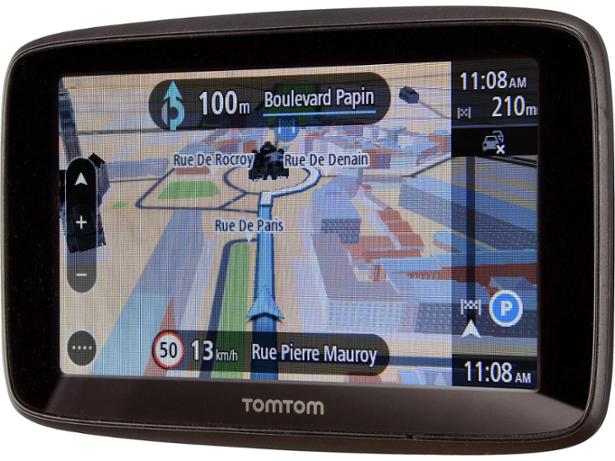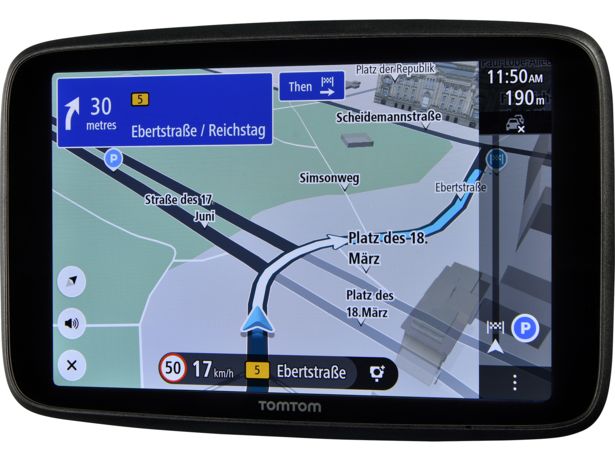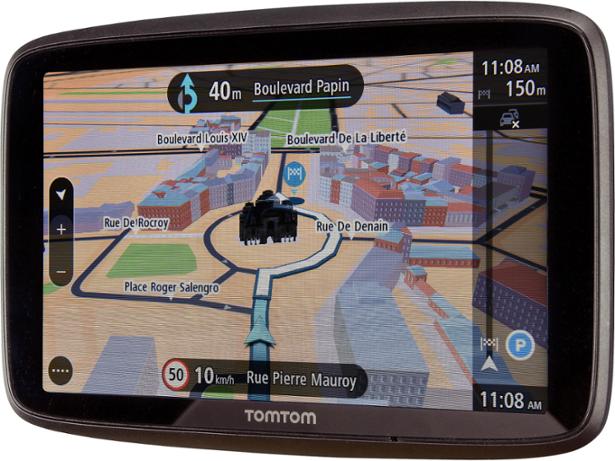How we test sat navs

We independently test a range of sat navs and sat nav apps, and only recommend those that are easy to use, give clear instructions and get you to your destination with a minimum of fuss.
Our reviews answer the most crucial questions about sat navs. We use a GPS simulator to replicate driving a set route, including minor and major roads as well as a variety of junctions and roundabouts, to test the quality of the audio and visual instructions. Using a simulator rather than going out on the road allows us to replicate exactly the same circumstances for every test sample used, so we can answer key questions about each sat nav fairly, including:
- How clear are the audio instructions?
- How well laid out is the information on screen?
- How does it handle route alterations?
- How easy is it to fit and use?
- How do sat nav apps compare?
- Should I buy it?
Discover the models that give top-class results by heading straight to our sat nav reviews.
How clear are the audio instructions?
A vitally important factor when using a sat nav or app is how clear and easy the audio instructions are to follow. We assess the quality of the audio guidance along our set route, including how clear the instructions are for lane changes, junctions or roundabouts.
We check the pronunciation of street names, and whether the vocal guidance is loud enough to be heard over the noise of the engine. The number and timeliness of vocal cues is also assessed – if there are too few vocal instructions, or they are given too late, you’ll be left wondering where to go. Equally, too many instructions or those given back to back can be confusing, as well as annoying.
The worst sat navs rely on automatic text-to-speech programs, resulting in Dalek-like audio instructions that are hard to make out. The best, however, sound natural and human and balance the number and frequency of audio instructions – just what you need when you're on the road.
How well laid out is the information on screen?
A good map and clear icons are key for a decent sat nav or app. We check whether the map colours and contrast make it easy to read, and if there is a good level of detail provided along our set route.
We also rate how the on-screen information, such as your route, lane guidance and traffic information, is presented. It should be easy to understand at a glance, so needs to be simple and placed in a logical position on the screen. Unclear visual instructions could result in you missing a turning and adding extra time to your journey.
If the map or onscreen instructions lack clarity, or the details on the map are a little sparse, we’ll mark a sat nav down. We look for a good mix of information and simplicity - important information, such as next turning, current speed and road names, married with an easy-to-follow map.
How does it handle route alterations?
When you're on the road, things don't always go as smoothly as you'd like. An accidental wrong turn or traffic accident can seriously disrupt your journey.
We deliberately go off the suggested route using the GPS simulator to test how quickly the sat nav or app will recognise this and adjust. The best will suggest an alternative diversion within seconds, while the worst need a good few minutes to chew it over.
We also test the traffic services of sat navs by deliberately heading into busy areas. Does the sat nav pick up on delays quickly and can it route you around the problem area?
How easy is it to fit and use?
The GPS simulator allows us to thoroughly check the navigation functions of a sat nav, but we know that the best devices need to be easy to install and use, too. We rate everything from the quality of the manuals provided, to the ease of fitting the device to the windscreen of a car, or removing it when not in use.
We also check how easy it is to use, including starting and turning off the device, how quickly it picks up a GPS signal, and how easy it is to input a destination and change settings, such as volume or brightness. If it has a touchscreen we rate its sensitivity and precision, too.
How do sat nav apps compare?
All sat nav apps go through the same thorough testing as standalone devices on our GPS simulator to allow us to assess how well it will get you from A to B. But we know that there are additional concerns when using a sat nav app, such as how easy it is to download and install, and the impact it will have on the battery life of your smartphone. We rate everything, from the ease of finding the app on any app store, to how much mobile data the app needs to plan and navigate a short journey.
Should I buy it?
Our raft of tests all contribute to the overall score for the sat nav, but some elements are more important than others. We believe that first and foremost a sat nav should get the navigation right and also be easy to use. If you're constantly doing U-turns or have to refer to the instruction manual every time you want to use it, that's far from ideal. As such, our score breakdown is:
- 50% performance
- 35% ease of use
- 10% traffic information display and technology
- 5% versatility and features
Standalone sat navs need a score of 72% or above to be a Best Buy, while camper models need to score 68% or higher. Sat nav apps need to score 70% or above. Anything that gets 45% or below is a Don't Buy.


